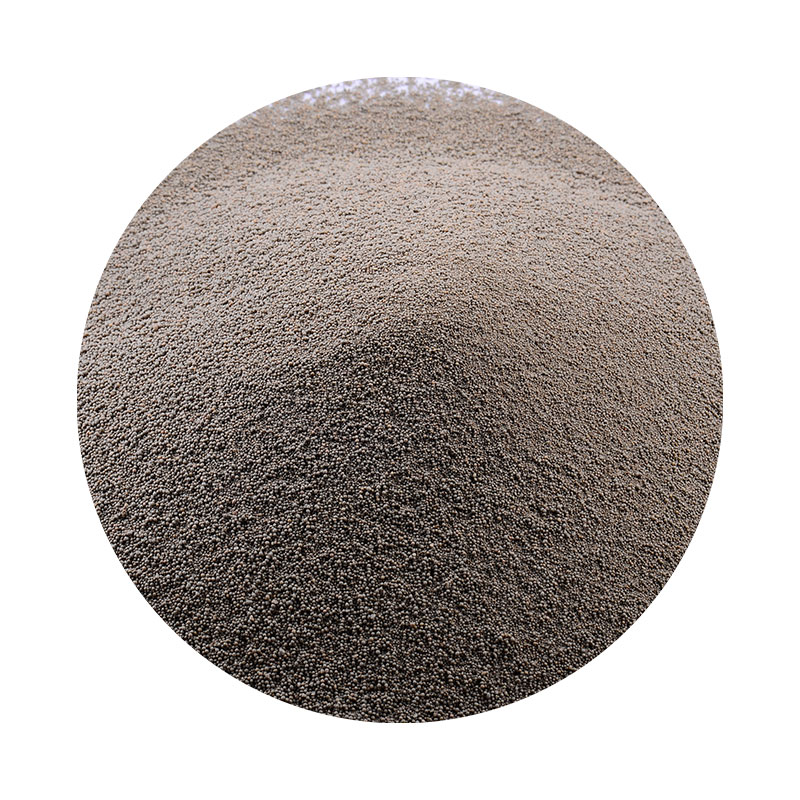The Emergence of 3D Printing with Sand Revolutionizing the Construction Industry
In recent years, 3D printing has transformed various industries, from healthcare to aerospace, but one of the most exciting developments lies in the realm of construction. Among the myriad materials being used for 3D printing, sand has emerged as a groundbreaking choice, particularly for its abundance, versatility, and sustainability. This article explores the innovative processes, benefits, and potential implications of 3D printing with sand in the construction industry.
Understanding the Process
3D printing with sand primarily employs a technique known as binder jetting. In this method, a digital design is created and transferred to a 3D printer, which then deposits layers of sand. A liquid binder is selectively sprayed onto the sand, solidifying the structure layer by layer. This approach allows for intricate designs and complex geometries that would be challenging or impossible to achieve with traditional construction methods.
The sand used in this process can be derived from various sources, including recycled material or natural quarries. The ability to use locally sourced sand reduces transportation costs and environmental impact, making it an attractive option for sustainable building practices.
Advantages of 3D Printing with Sand
1. Cost-Effectiveness One of the most significant advantages of using sand for 3D printing is cost-effectiveness. Traditional construction methods often involve high labor and material costs. In contrast, 3D printing minimizes labor needs, can reduce material waste, and allows for faster construction times.
2. Design Flexibility 3D printed structures can take on unconventional designs that are not feasible through standard construction methods. Architects and designers can push the boundaries of creativity, creating unique structures that are both aesthetically pleasing and functional.
3. Sustainability Sand is one of the most abundant materials on the planet. Utilizing it in 3D printing can lead to reduced reliance on concrete and other materials that have a significant carbon footprint. Furthermore, the process can incorporate recycled sand or other byproducts, promoting a circular economy in construction.
4. Rapid Prototyping 3D printing allows for the rapid creation of prototypes, enabling architects to test and refine their designs quickly. This accelerates the design process, leading to innovations and improvements in building efficiency and effectiveness.
3d print sand

5. Reduction of Material Waste Traditional construction methods often result in significant waste due to the cutting and shaping of materials. 3D printing, on the other hand, builds layer by layer, using only the amount of material necessary for the structure, thus minimizing waste.
Applications in Construction
The applications of 3D printing with sand are diverse. It can be utilized to create everything from building components, such as walls and facades, to entire structures. Notable projects around the world have already demonstrated the viability of this technology. For instance, several companies have successfully constructed full-sized houses and community facilities using 3D printing techniques with sand.
In addition, researchers are exploring the use of 3D-printed sand molds for traditional casting processes in infrastructure. This hybrid approach could significantly enhance the efficiency of producing complex concrete elements with intricate details, ultimately leading to better architecture.
Future Implications
As 3D printing technology continues to evolve, its integration with sustainable practices is becoming increasingly important. The construction industry is under pressure to reduce its environmental impact, and 3D printing with sand offers a promising solution. Future developments in material science could lead to the creation of new, stronger types of sand-based materials, further enhancing the construction capabilities of this technology.
Moreover, as urbanization continues to rise, the ability to produce affordable housing rapidly will become more crucial. 3D printing could offer a solution to the housing crisis in many densely populated areas through the efficient and cost-effective construction of homes.
Conclusion
The application of 3D printing with sand is revolutionizing the construction industry in ways that were once unimaginable. By providing a sustainable, cost-effective, and flexible solution for modern building challenges, this technology has the potential to reshape the way we think about construction and architecture. As research and development continue, we can expect to see even more exciting innovations on the horizon, paving the way for a more sustainable and economically viable future in construction.
Post time:नोव्हेंबर . 19, 2024 10:52
Next:sand castings supplier
